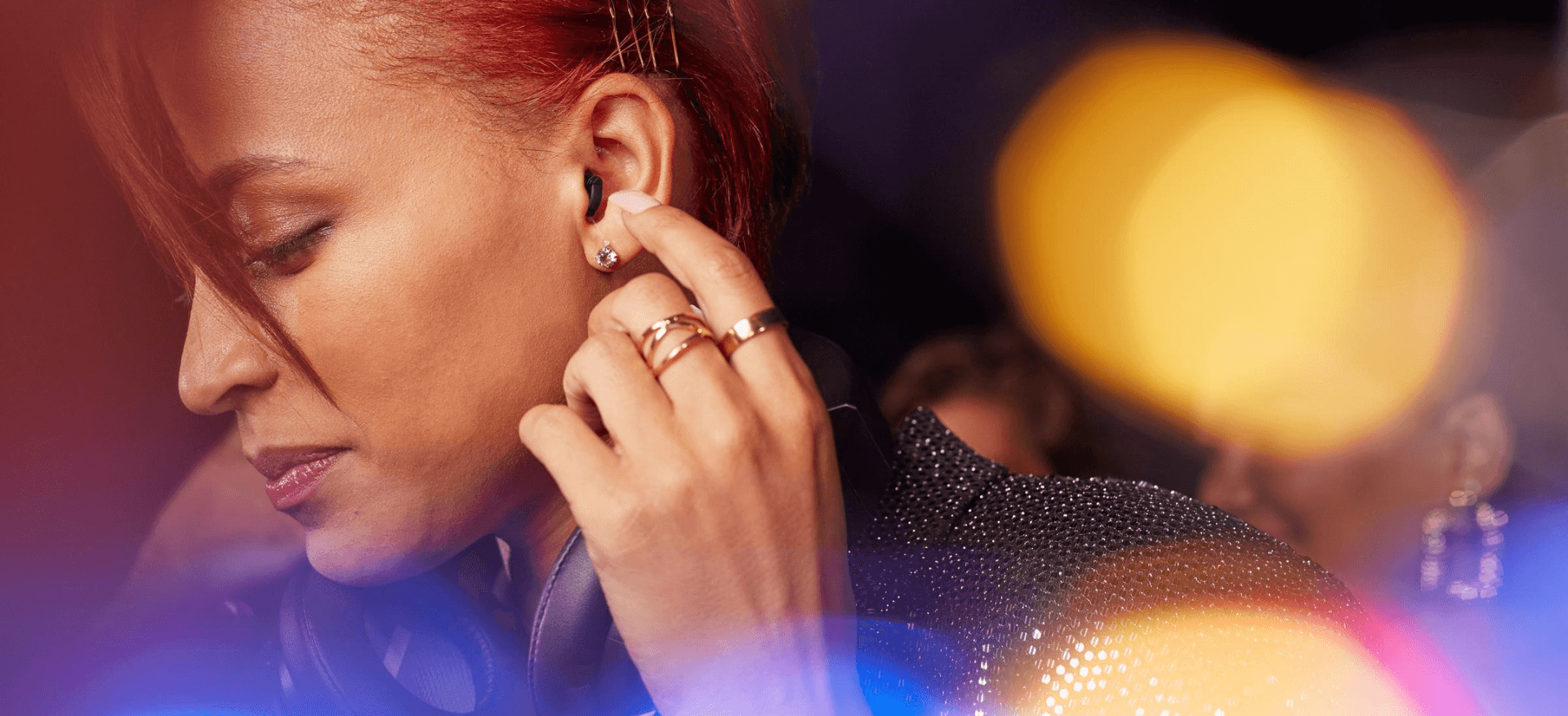
If you are in search of the most discreet hearing aids available in 2023, you have come to the right place. In this post, we will provide an overview of the best invisible hearing aids on the UK market, each with their own unique features. We will also translate the terminology used by various manufacturers. Let’s dive in!
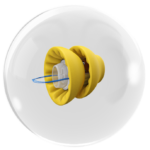 Phonak Lyric
Phonak Lyric
Dubbed the “contact lens of the ear,” the Lyric hearing aid stands out on our list. This hearing aid can only be fitted by specialist authorised audiologists. Lyric is inserted using a microscope, placing it just four millimetres from the eardrum. It can be worn continuously for 2 to 3 months and is the only truly invisible hearing aid designed to be worn 24/7.
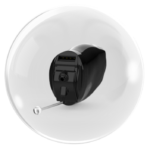 Starkey Genesis AI
Starkey Genesis AI
The Genesis AI IIC (IIC stands for Invisible-In-Canal) is custom-made from a mould of your ear taken by an audiologist. The shell of the hearing aid is constructed from acrylic material, which has been an industry standard. It comes in three power levels (low minus, low, and medium power) and is expected to be available in the UK in the Autumn. View details here.
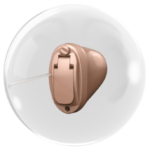 Oticon Own
Oticon Own
Like the Starkey Genesis AI IIC, the Oticon Own IIC is custom-made and crafted from acrylic material. It is available in two power levels where your audiologist will choose from a 75 decibel or 90 decibel receiver.
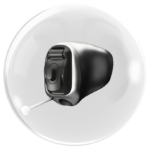 Phonak Virto Paradise
Phonak Virto Paradise
The Virto Paradise offers a unique feature in that it can be made from either acrylic or titanium. The titanium material makes it 15 times stronger than acrylic hearing aids. It comes in three power levels: moderate, power, and superpower.
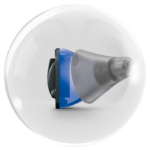 Signia Silk X
Signia Silk X
Unlike the custom-made options, the Signia Silk X is an instant-fit hearing aid. It doesn’t require an impression of your ear, but the rubber tips on the end are interchangeable to accommodate different ear canal shapes and various degrees of hearing loss.
Invisible Hearing Aid Sizes
There is no significant difference in size among these hearing aids, and for reference, we haven’t included any other manufacturers as their smallest hearing aids are not as small as those listed above.
Invisible Hearing Aid Colours
For the most discreet appearance, it is recommended to choose black for in-the-ear hearing aids. Flesh-coloured hearing aids may stand out more due to the contrast with the shadow of the ear. However, if you prefer a colour that matches your skin tone, apart from Lyric all the other hearing aids listed come in a range of colours. The Phonak Lyric only comes in bright yellow, but its positioning inside the ear makes it completely invisible.
Invisible Hearing Aid Suitability
Each hearing aid has its own fitting range, which determines the level of hearing loss it can effectively address. It is essential to have your hearing properly tested by an audiologist should you be considering purchasing any hearing aids online to ensure that any purchases are made with an informed decision.
Invisible Hearing Aid Adjustments
The method of adjustment varies among these different hearing aids. All require an initial fitting process to be completed by your audiologist. The Signia Silk X requires any further adjustments to be made by an audiologist. The Starkey Genesis AI has a T2 app for basic adjustments like volume control and program changes to allow the user some flexibility based on the environment around them. The Phonak Virto Paradise does not have an app but offers a personalised battery door with a button for different program options. The Phonak Lyric uses a magnet-on-a-stick called SoundLync for adjustments. Preferences for self-adjustment or audiologist intervention vary among individuals.
Invisible Hearing Aids Batteries vs. Rechargeable
The choice between batteries and rechargeable options depends on personal preferences and dexterity. Most of the hearing aids listed have the option of using disposable batteries that last anything from three to five days or using a charger daily except for the Phonak Lyric. The Phonak Lyric’s battery will last you for two to three months, and your audiologist will replace the whole device.
Invisible Hearing Aid Technology Levels
The hearing aids listed come in different technology levels, each offering varying features to enhance sound quality in different listening situations. Higher technology levels often come with a higher price tag.
Invisible Hearing Aid Unique Features
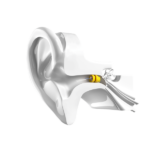 The Phonak Lyric stands out as it’s a digitally programmable analogue device which provides a far more natural listening experience.
The Phonak Lyric stands out as it’s a digitally programmable analogue device which provides a far more natural listening experience.
However, this also means that when programming the Lyric, there aren’t as many parameters to adjust when tailoring them compared to any of the digital hearing aids on this list.
So there is sometimes a trade-off between the great convenience and discretion of Lyric versus how it performs in more complicated listening situations, such as groups, crowds, or noisy listening environments.
The Starkey and Oticon hearing aids both have their own version of AI built into the chip on their hearing aids.
Phonak have a similar feature in their Virto Paradise hearing aids called AutoSense 4.0, which works in a similar way to Starkey and Oticon, automatically adjusting to your environment. One difference, however, is that Phonak give your audiologist access to those various settings, and they can be fine-tuned and tailored based on your needs and preferences.
One thing to highlight from Signia Silk is that they have ear-to-ear communication, which means that they are working as a system rather than working as two individual devices. This means that they should be better able to cope with and assess the direction of the source of sound that you want to hear versus the background noise and therefore, improve your speech understanding in more complicated and noisy listening situations.
Finding an Audiologist
 To get the best out of your ears, make sure that you find a completely independent audiologist that has access to technology from ALL hearing aid manufacturers. Some of them only work with a few hearing aid manufacturers, so you’re not necessarily going to be recommended what’s best for you, but whatever they have access to.
To get the best out of your ears, make sure that you find a completely independent audiologist that has access to technology from ALL hearing aid manufacturers. Some of them only work with a few hearing aid manufacturers, so you’re not necessarily going to be recommended what’s best for you, but whatever they have access to.
We would recommend discussing with your audiologist the suitability of each hearing aid for your hearing loss and your hearing difficulties.
Most importantly, aftercare is essential to ensure your new hearing aids last and function well for as long as possible. At Harley Street Hearing we offer an annual complimentary hearing review for life.
If you’re interested in finding out more please call 020 7486 1053 or complete the contact form.
Harley Street Hearing are the home of independent audiology in London. We’re the largest independent hearing clinic in London and have been established on Harley Street for 25 years.
Enjoy this article? You might be interested in some of our others:

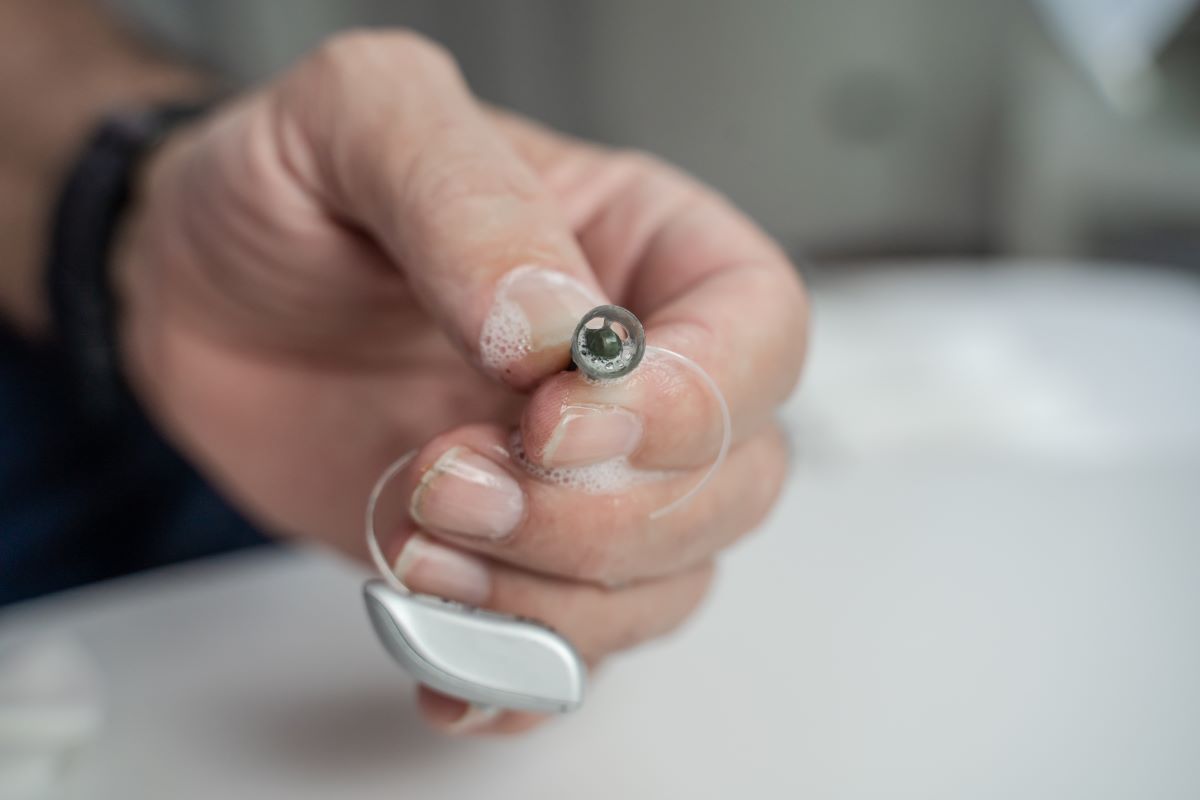

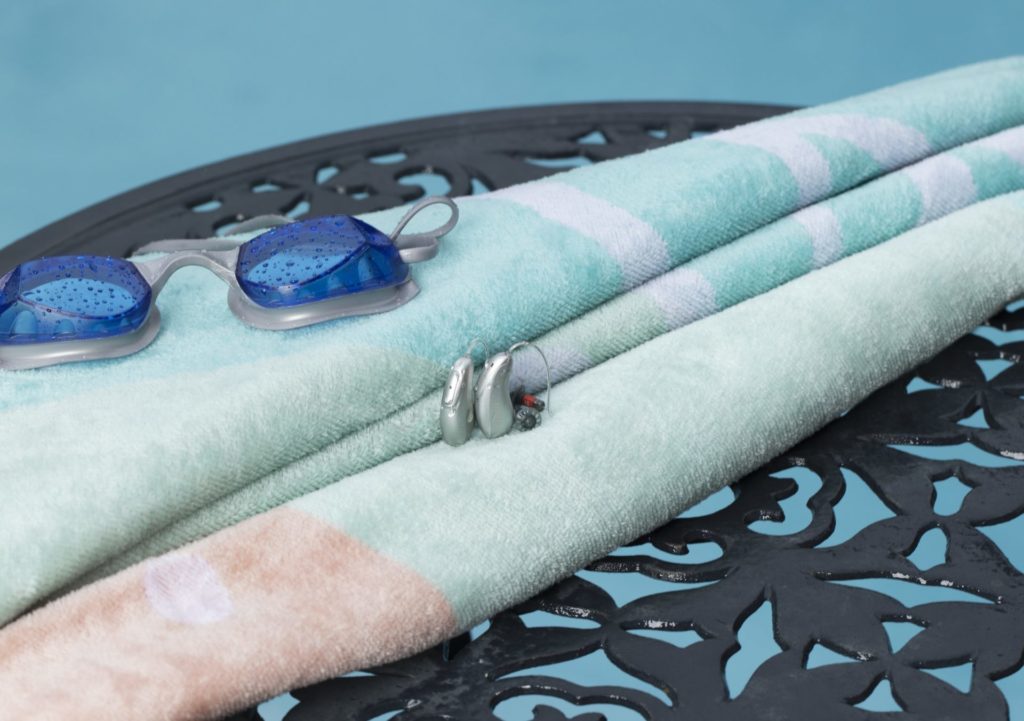

 A brand-new accessory addition to the hugely successful Phonak Roger portfolio, Roger On iN v2 is a versatile microphone dedicated for all conversation where background noise is present, or when there is a distance to the talker. Roger On iN v2 is a third ear for virtually all difficult and ever-changing listening situations.
A brand-new accessory addition to the hugely successful Phonak Roger portfolio, Roger On iN v2 is a versatile microphone dedicated for all conversation where background noise is present, or when there is a distance to the talker. Roger On iN v2 is a third ear for virtually all difficult and ever-changing listening situations.
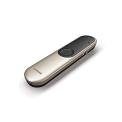

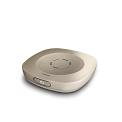 Roger Table Mic II
Roger Table Mic II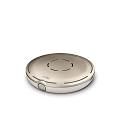 Roger Select™
Roger Select™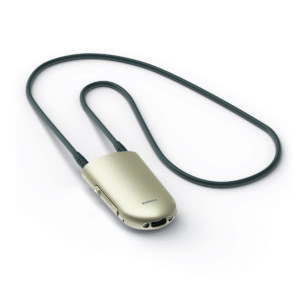 Roger Neckloop
Roger Neckloop









Recent Comments